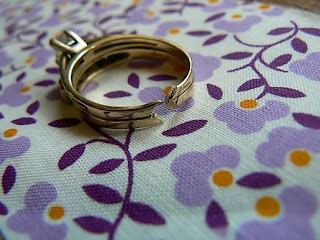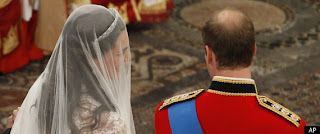 1662 book of common prayer wedding vows
1662 book of common prayer wedding vows
 traditional wedding vows book common prayer
traditional wedding vows book common prayer
 episcopal wedding ceremony book common prayer
episcopal wedding ceremony book common prayer
 traditional wedding vows book of common prayer
traditional wedding vows book of common prayer
In 1549, the "Book of Common Prayer" was published and the wedding vows are first introduced to the world, but before that date, and until they were commonly recognized as part of a ceremony, the father and the groom meet and agree that their daughter would be the "boyfriend" wife. This was accompanied by a general agreement of the services provided by the groom and a small dowry provided by the father of the bride. The lords and the rich ladies of the time to put the agreement in a legal document to make it look official and held a dance or a party to make it official. This was the first time the vows and marriage licenses for the first time in the game.
The ceremony and prayer went something like this. While the rich usually had an ordained church elder importantly, the poorer class of the local population would have to bargain or a minor cleric present the bride and groom to remind them that they were speaking in public and before God and after a reading of the then-accepted Bible verse wedding, the groom says,
"I blank, take thee, blank, to be my wedded wife, to have and to hold from this day forward, for better or for worse, for richer, the poorer, in sickness and in health, to love and to cherish, from this day forward until death do us part, according to God's holy ordinance.